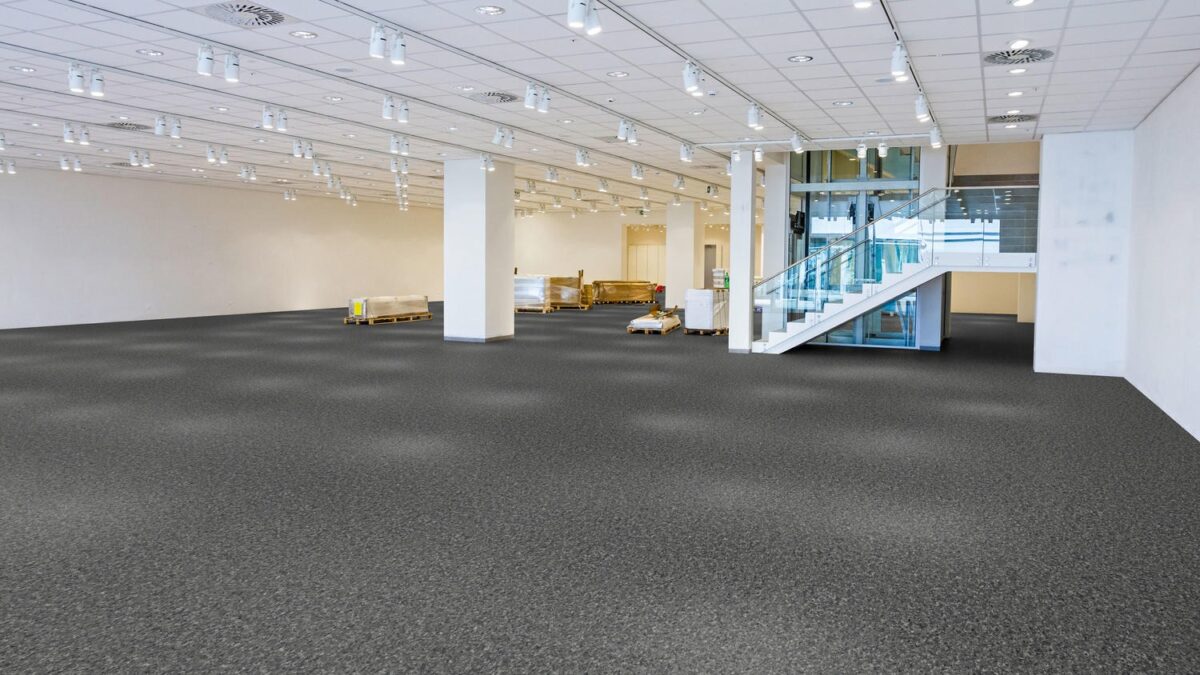Color Correction Secrets in Jewelry Retouching

Ever felt frustrated after receiving your product photos and thinking, “This isn’t what my jewelry looks like in real life!” You’re not alone. Jewelry is one of the hardest things to photograph, especially when it comes to capturing accurate colors.
Tiny changes in light, shadows, or reflections can make your gold ring look greenish or turn a sparkling ruby into a dark blob. That’s where color correction in jewelry retouching comes in — a hidden gem that can make or break your product presentation.
Let’s break it down into simple steps and share some secrets that professionals use to make jewelry photos shine.
What Is Color Correction in Jewelry Retouching?
Color correction is the process of fixing or improving the colors in a photo so they match real-life appearance. Sounds simple, right? But for jewelry, it’s a bit more complicated.
You’re dealing with shiny surfaces, tiny gemstones, reflections, and mixed metals — all in one shot. A small mistake can make gold look dull or diamonds look yellow.
I once worked on a bracelet shoot where the client said the silver looked “dirty.” It turned out the lighting added a warm tint, making it look greyish. A simple white balance tweak changed the entire feel of the photo.
Why Color Accuracy Is So Important for Jewelry Photos
Think about this: would you buy a diamond ring online if it looked off-color? Probably not.
-
Around 22% of online jewelry returns happen because the product “didn’t look like the photo.”
-
3 in 5 shoppers say color is the most important detail in product images.
-
Online trust drops by 34% if the product image feels misleading.
This means getting your jewelry colors right isn’t just about looking pretty. It’s about building trust and increasing sales.
Key Color Correction Techniques for Jewelry Retouching
Now let’s get into the juicy part. Here are the real tools and tricks pros use every day:
A. White Balance Adjustment
White balance is all about removing color temperature errors. Just because your background looks white doesn’t mean it is white.
Incorrect white balance can:
-
Make gold look greenish
-
Turn diamonds yellow
-
Give silver a blue or grey tint
We use a color picker in Photoshop or Lightroom to sample the lightest point in the image and balance the tones. You’d be surprised how much cleaner and richer your jewelry looks after this step.
B. Saturation and Vibrance Control
Too much saturation makes gems look fake. Too little, and they lose their charm.
-
Saturation affects all colors evenly
-
Vibrance boosts only the dull ones without affecting skin tones or metals
For emeralds or rubies, this helps bring out natural richness without going overboard.
Pro Tip: Always zoom in when adjusting , gemstone clarity can change drastically.
C. Hue Shifting for Metal and Stone Colors
This one’s a lifesaver.
-
Yellow gold often leans towards green in photos.
-
Rose gold turns orange under studio lights.
-
Amethyst and sapphires get flattened under harsh lighting.
Hue shifting helps correct this. Using the HSL sliders, we isolate a specific color and gently nudge it until it matches the real-life product.
One of our clients once told me, “That’s the first time my ruby necklace looked like my actual necklace.” That made my day.
D. Selective Color Correction
Sometimes, only part of the photo needs fixing — maybe just the stone or the chain. This is where layer masking in Photoshop works wonders.
Let’s say you want to correct the gemstone without affecting the surrounding metal. We apply a mask, target just that zone, and keep the rest untouched.
This keeps things clean and natural-looking.
E. Shadow and Highlight Balancing
Jewelry reflects everything, from your camera lens to your own shirt color.
We fix this using:
-
Shadow lifting: For areas that look too dark
-
Highlight control: To tame shiny spots without losing sparkle
Think of it like adjusting contrast — but only where it’s needed.
Tools and Software Professionals Use
Let’s talk gear. You don’t need to be a wizard, but knowing your tools helps:
-
Adobe Photoshop: The industry gold standard
-
Lightroom: Great for batch editing and global adjustments
-
Capture One: Especially good for handling color in RAW files
-
Spyder Color Calibration Tool: To make sure your screen shows real colors
From my own experience, Capture One works best with luxury jewelry clients. The way it handles reflections and raw color data is smooth and precise.
Common Mistakes to Avoid
Let’s save you some headaches. These mistakes can kill your product photos:
-
Too much editing: Makes jewelry look fake
-
Color inconsistency: Across similar products on your site
-
Fake shine or glow: Looks cheap and unnatural
-
Incorrect background color: Affects the tone of metal
Keep things real. A well-edited photo should enhance — not fake — the beauty of the product.
How Color Correction Impacts Your Business
Here’s the part that many overlook: color correction isn’t just a “nice-to-have.” It’s a business tool.
-
After color correction, one client saw a 17% drop in returns over three months.
-
Another jewelry brand increased its online sales by 22% after improving image consistency.
These aren’t just numbers, they reflect real growth.
One of our repeat clients, a small boutique in Paris, said:
“Since fixing our product images, customers stopped asking ‘Is it really that color?’ They just buy.”
That’s the kind of feedback we live for.
Tips for Working with a Jewelry Photo Retoucher
Want to outsource this job? Great! But make sure you’re on the same page with your editor.
Here’s how:
-
Send a color reference photo (or better, the real product if possible)
-
Tell them what type of metal or stone it is
-
Ask for a sample edit first
-
Review on a color-calibrated screen
Good communication leads to beautiful results.
Let’s Wrap This Up
Your jewelry photos are your online storefront. If they don’t show the true colors, customers will walk away — even before clicking “Add to Cart.”
To recap:
-
Fix the white balance
-
Adjust hue, vibrance, and saturation
-
Use the right software
-
Avoid common editing mistakes
-
Communicate clearly with your retoucher
Want to see how color correction can change your jewelry photos?
Get a free sample edit today , no strings attached.








